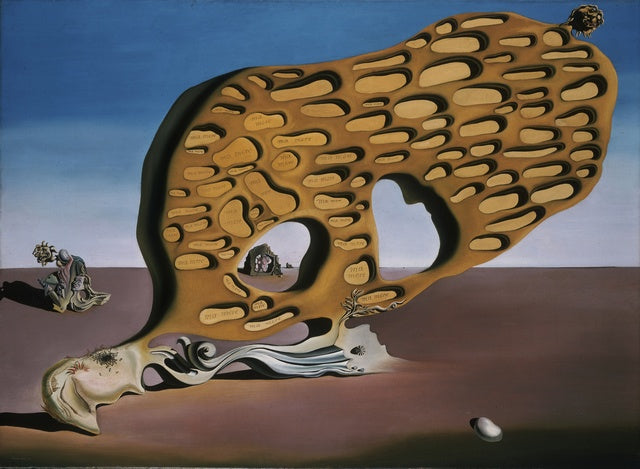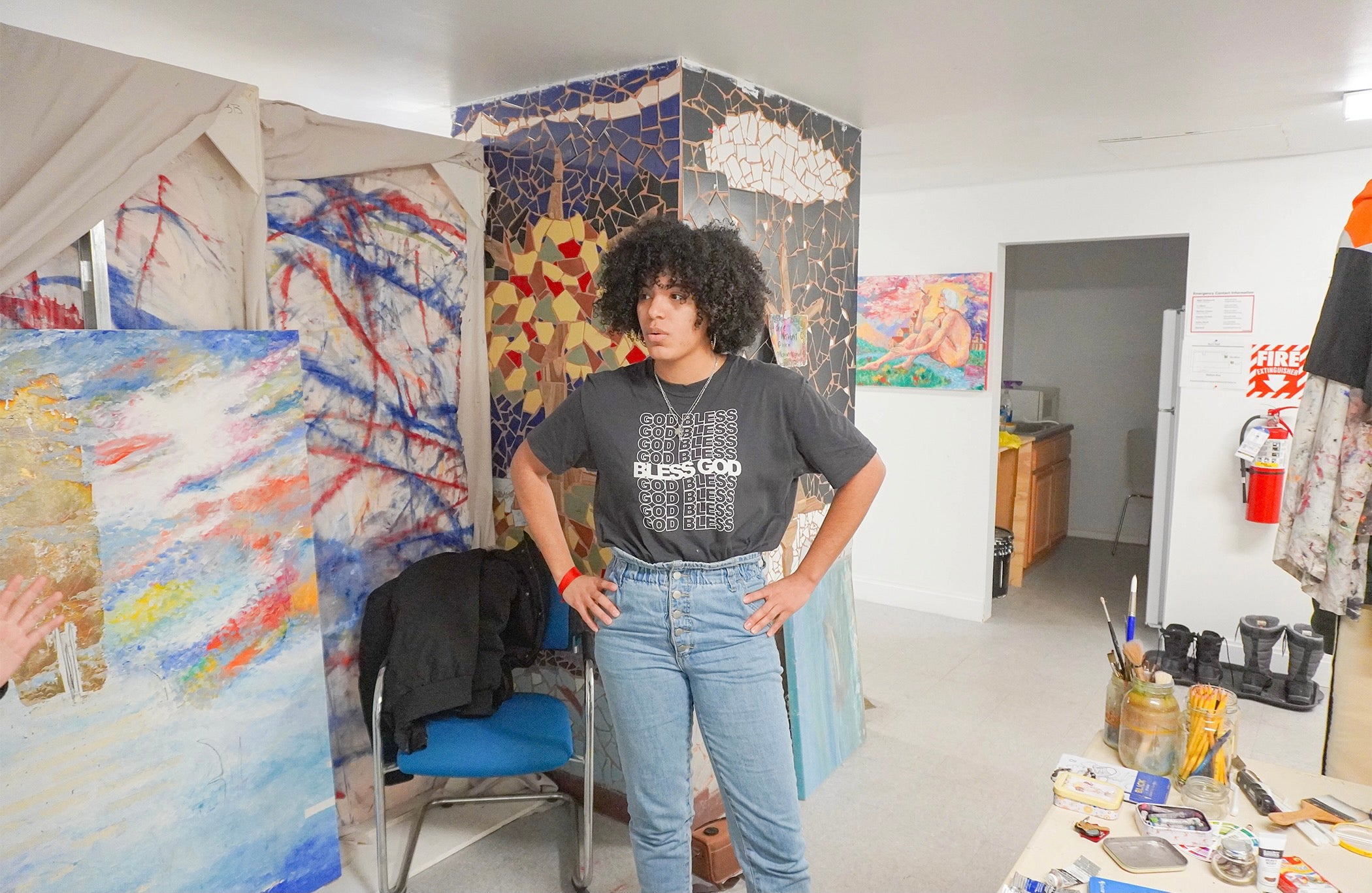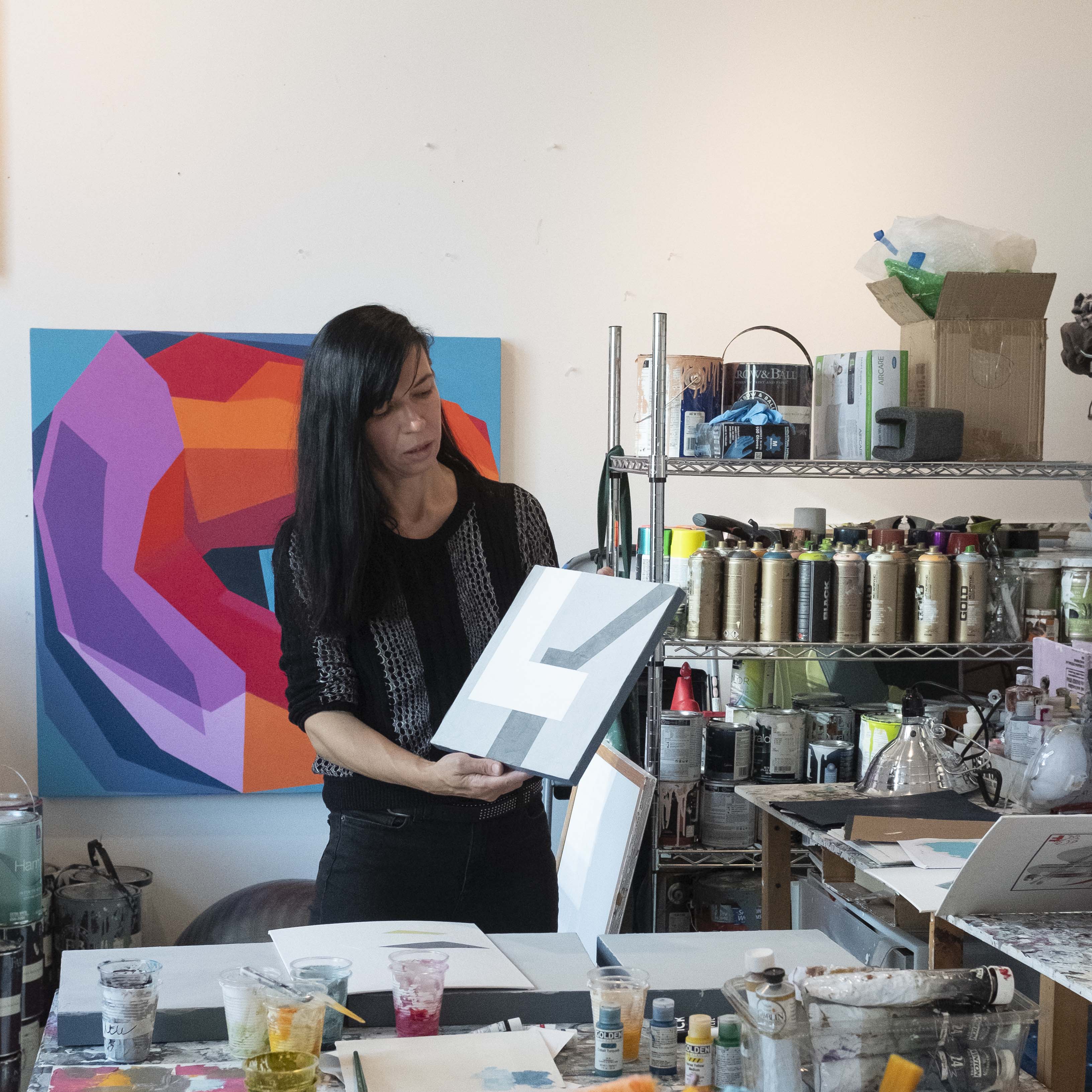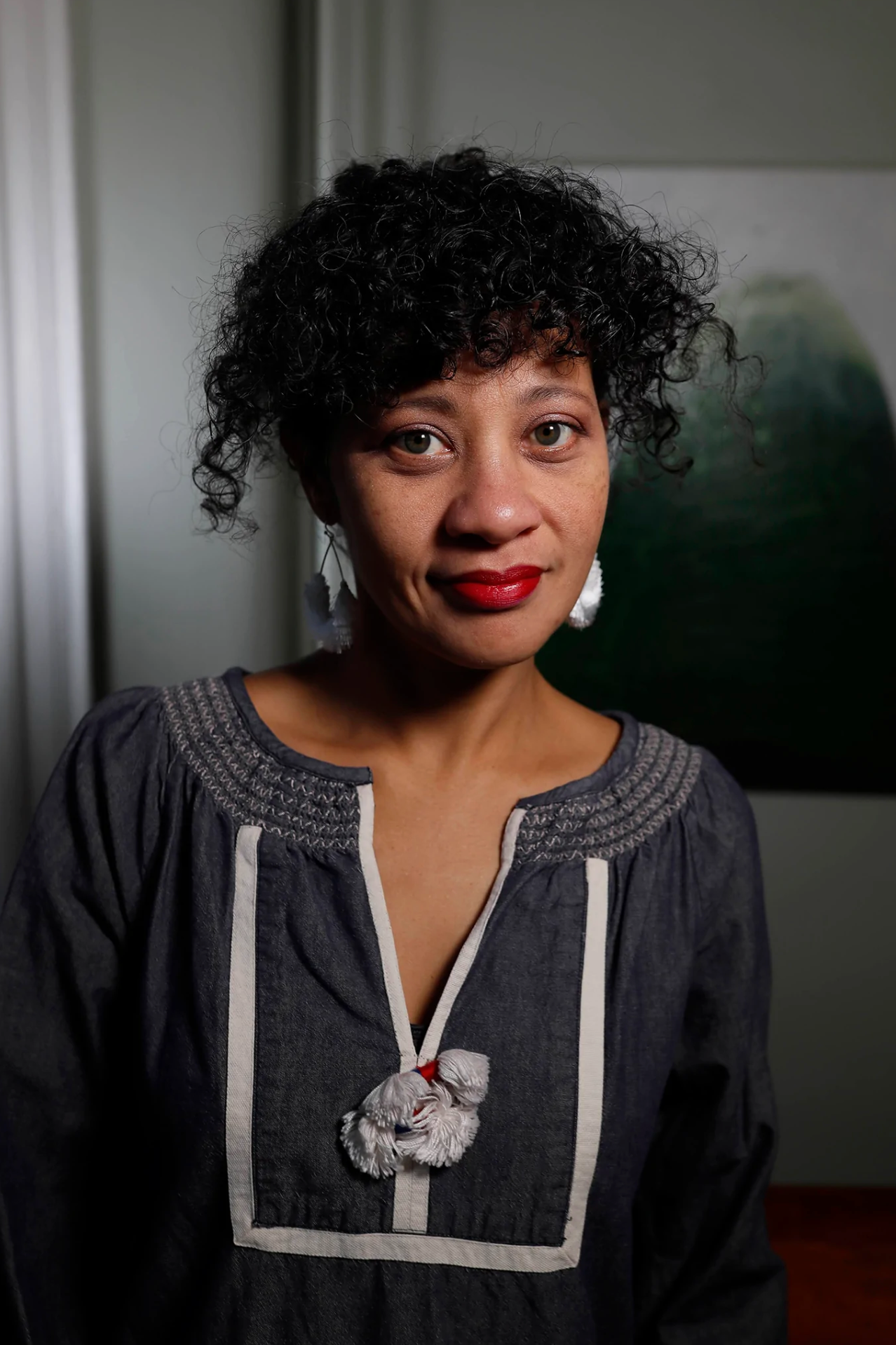No Products in the Cart

Contemporary Art Myths:
Mad or Mad Inspired?

Spiritual Visions

The Ecstasy of Saint Teresa (1647-1652) by Italian sculptor Gian Bernini (above) is perhaps one of the most famous Baroque sculptures as well as one that is...intensely sexual.
Beside me, on the left, appeared an angel in bodily form. In his hands I saw a great golden spear...This he plunged into my heart several times so that it penetrated to my entrails. When he pulled it out I felt that he took them with it, and left me utterly consumed by the great love of God.
But we’re not just talking about major religions like Christianity. Did you know the word “assassin” comes from the hashish consumed by an order of Isma'ili assassins who would receive divine inspirations for their next quest? And that Sufi Muslims engage in whirling dances, spinning over and over again in their white robes, to enter a state of trance?
Because most spiritual belief systems strive to achieve an alternate mental state where you can contemplate big issues like life, death, and time, they have not only allowed but encouraged a kind of “directed madness”. Like St. Theresa, seeing fantastical visions was considered the sign of being chosen by God - although if you were unfortunate, you could also be considered a witch (!)
Furthermore, religious frenzy is one that is shared by, and connects, the different individuals who partake in the same community. Think about the euphoria you feel at sports games or a great music festival, for example.
On Curina: Katie Niewodowski, Ahavani Mullen

Nowadays, spirituality is less about specific religions than it is about envisioning yourself in the larger scheme of things.
If the emanating beams of light in Katie Niewodowski ’s paintings don’t remind you of the golden sun rays behind Bernini’s St. Teresa, her vision of universal harmony between huge and microscopic, living and geological things definitely inherit the sense of connection all religions have been seeking. Ahavani Mullen’s paintings and sculptures put you in a meditative state of interacting with the material qualities of objects instead of simply projecting your preconceptions on them.
Surrealists and the Dark Human Subconscious

In 1899, just at the turn of the century, Sigmund Freud published Interpretation of Dreams and the world was never the same. Contrary to popular belief, he did not argue all long objects are penises. What he did argue is that what we are aware of and consciously remember form only a tiny part of how we make decisions. This was not only a surprising idea but an incredibly dark one, because then...do we even know how much more we’re unaware of?
This led to the Surrealists focusing on channeling involuntary thoughts and imaginations. They loved exploring dreams as well as the role of chance in reversing our belief in a totally intentional, planned out work of art. Surrealists played a now famous game called “Exquisite Corpse” where they folded a paper into four parts and each person drew on each part without knowing what would come before or next. What resulted, of course, were chimeric figures born between each person’s imagination and pure chance.
On Curina: Daniel Morowitz, Amanda Ba

Contemporary artists have a much more nuanced vision of the Subconscious. We don’t feel enslaved to our past experiences because we as subjects with a will use certain tools like reflection, reinterpretation, and imagination to process them. Daniel Morowitz’s paintings often feature monstrous figures like in Great Red Dragon, but they are not simply monsters of personal trauma but of the generalized and exaggerated ways mainstream society sees queerness. Amanda Ba’s fleshy paintings also sketch out fantasies that intervene in our personal and cultural experiences instead of claiming to rise above it all.
Manic Panic

Still from movie Blade Runner 2049 (2017)
How many advertisements are you seeing on a given day? How much noise from below, above, and all the way around you? How many smells (Midtown Manhattan amiright)? Sensory overload is just something we live with. Civilization is like a hyperactive child. If you’ve read Fahrenheit 451 with its fictional characters being absolutely surrounded by walls of screens in their own homes, you can easily guess this issue has been on people’s minds for quite a while.
Art doesn’t passively take, but reinterprets, this maddening pace of modern life. If flute minuets were fitting soundtracks to a mansion lifestyle cocooned in lace and silk, distorted, glitching, and dissonant rave music may be more fitting for the sheer flood of images and information in 2020. After all, art is a lens to current life and we need something that can relate to then help us process the life we’re living right now.
On Curina: Ryan Patrick Martin, Jon Duff

You may look at these works and think they may have come from alien planets, only to realize they’re just amplified versions of thoughts and sensations you go through everyday.
Jon Duff’s digital-art style paintings, complete with airbrush effects, are a satire on our praise of new media and their seamless, imaginative expanse. On the other hand, Ryan Patrick Martin creates worlds of neon and whimsical shapes that invoke real movements and objects yet couldn’t possibly exist without a “digital eye”.
Sad Boys and their Boundless Melancholy

Although depression is one of the leading mental illnesses, we rarely imply that when we say something looks crazy. This is where clinical “madness” parts ways with what we colloquially call “madness”. It’s a thorny issue, of course, because sadness is one sentiment that we romanticize most, more than worry about or stigmatize. Not that depression isn’t stigmatized or that it doesn’t make people’s lives harder - but through popular culture, it is accepted, and even encouraged, as part of a niche identity.
Just think of beat poets downing their nth glass of whiskey and chainsmoking at a small, abandoned bar and thinking about the meaninglessness of life. Or the melancholic female leads in French New Wave movies who gaze out of the screen with empty eyes. Musicians like Ian Curtiss mumbling and swaying on stage befitting Joy Division’s dark lyrics. The trope continues through tales of celebrities like Kurt Cobain or Amy Winehouse who “burnt out rather than fade away”, their premature deaths considered a sign of how ahead of the time they were.

Still from Crazy Ex-Girlfriend (2015-2019)
Now we even have a word for the romanticization of sadness. Sad boys, or Sad “boi”s, refer to people who express their depression or suicidal thoughts as part of their aesthetic. It’s not whether they are actually troubled or not that makes this behavior unhealthy, but the fact that they take advantage of this trope to fulfill their desire to be special. To them, depression is one special experience and secret that only a select number of people can share.
Now more people are aware and critical of sad boi behavior, partially thanks to memes. This serves as a good lesson to be aware of not only sadness but other mental troubles becoming a badge.











